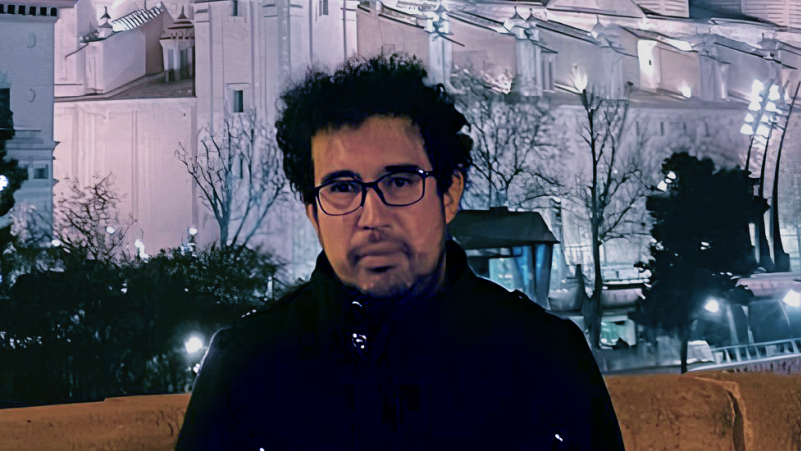
Photo: Diego Alexander Garzón-Alvarado, from the National University of Colombia (personal collection)
On November 8th, Friday, the Professor Diego Alexander Garzón-Alvarado, from the National University of Colombia, will deliver the Grand Conference Mechanobiology models of organs and tissues. Taught in English, without translation, the activity will take place in Seminar Room 1014 of the School of Engineering, starting at 10am.
The activity is open to the public upon registration via the UFMG Event Management System (GES). Certificates will be issued to those who register and sign the attendance list on the day of the event.
Specialist in mechanobiology, an emerging area of science that operates at the interface of biology, engineering, chemistry and physics, professor Diego Garzón-Alvarado comes to UFMG as a guest of the FUNDEP/IEAT Chairs Program.
Starting from an overview of the latest work developed by the Mechanobiology and Numerical Methods group at the National University of Colombia, Professor Diego Garzón-Alvarado will address models of tumor formation and vascularization, as well as the detection of tumors using numerical methods. A brief overview of models of bone remodeling and bone growth in humans will also be presented. The process of formation of bone patterns from mechanical loads will be demonstrated, as well as models of mechanical loads on the growth plate and their effect on adjacent bone remodeling. Finally, some experimental studies on cartilage and muscle will be presented.
The professor
Diego Garzón-Alvarado is a mechanical engineer with a master’s degree in materials and manufacturing processes and a doctorate in mechanical engineering from the University of Zaragoza. He is currently a full professor of mechanical engineering at the National University of Colombia. Diego Garzón-Alvarado is affiliated with the Biomimetics Laboratory of the Biotechnology Institute and the Numerical Methods and Modeling Research Group (GNUM) at the same university. His work focuses on the development of numerical models and experimental studies in areas such as mechanics and biomechanics, with applications in tissue engineering and biomimetics. Throughout his career, he has worked on projects that combine engineering and biotechnology to better understand biological and mechanical processes.